When you feel challenged, think of Intel!
On April 14, 2025, at TSMC’s headquarters in Hsinchu, AMD CEO Dr. Lisa Su and TSMC Chairman Dr. C.C. Wei held a wafer the size of a fingernail, announcing a groundbreaking news in the industry—the world’s first 2nm high-performance computing chip, Zen6 EPYC Venice, has completed its tape-out. At this moment, AMD has taken a significant lead over its long-time rival Intel in process technology, while the latter is mired in two major dilemmas: on one hand, the U.S. government’s proposed semiconductor tariff policy may increase its domestic manufacturing costs; on the other hand, its own 18A process has yet to break through, forcing a delay in the next-generation Xeon processors.
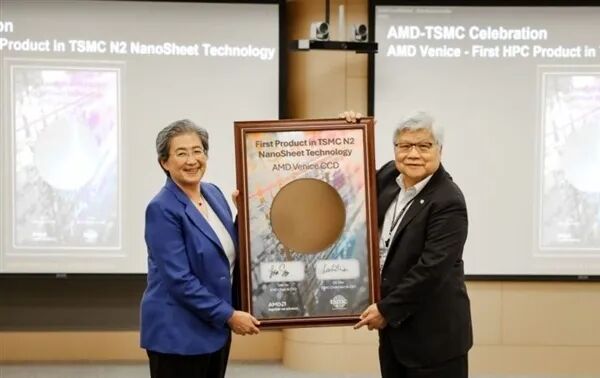
When Dr. Su unveiled the Zen6 EPYC Venice, she held not just a chip, but a “trump card” that could rewrite industry rules. TSMC’s 2nm (N2) process employs the first fully wrapped gate (GAA) nanosheet transistors, achieving a 15% performance boost and over 30% reduction in power consumption, with transistor density 15% higher than 3nm. This “fully surrounded transistor structure” allows for more precise current control, akin to equipping the chip with a “smart faucet”—opening the valve for performance when needed, and dripping water when on standby. More critically, AMD has secured the “first launch rights” for TSMC’s N2 process, even getting a ticket to the party earlier than Apple, which has long monopolized the first launches of advanced processes.
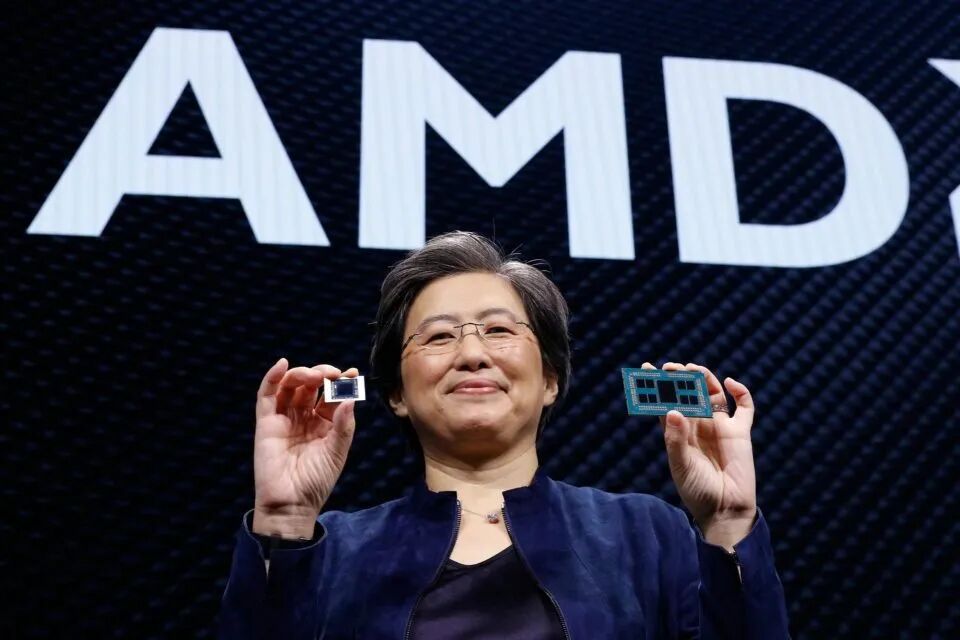
Although the specific parameters of Venice have not yet been disclosed, the successful tape-out indicates that it has passed basic functional verification, leaving only the final sprint before mass production in 2026. Meanwhile, AMD’s “dual-line operation” strategy has emerged: the fifth-generation EPYC chips have been validated at TSMC’s Fab21 in Arizona, allowing future domestically produced chips in the U.S. to directly avoid tariff risks. This “Eastern R&D, Western manufacturing” layout not only preserves technological advantages but also strategically navigates geopolitical choke points.
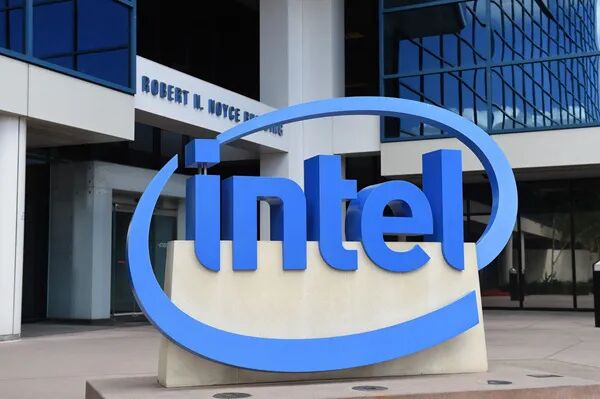
While AMD is racing ahead on TSMC’s production line, Intel is stuck in a quagmire!
The first dilemma comes from the U.S. government—Trump’s plan to impose tariffs on imported semiconductors, while Intel’s chips are primarily produced domestically. On the surface, this seems like a protective shield, but it hides a deadly trap. The country has already announced that the origin of chips will be defined as the “tape-out location.” If the tariff policy is implemented, the global supply chain may be forced to shift overseas, putting Intel under dual pressure of rising costs and insufficient capacity. Ironically, AMD, with the production at TSMC’s Arizona facility, can enjoy the “Made in America” label without bearing the burden of upgrading Intel’s old production lines.

The second dilemma is falling behind in the technological roadmap. Intel’s 18A process was once highly anticipated, but the Clearwater Forest processor has been delayed until the first half of 2026, directly colliding with AMD’s Venice launch window. This means that at the golden moment of AI computing power explosion, data center customers may collectively turn to AMD—after all, no one wants to wait for “futures” for half a year. More critically, Intel’s IDM model (Integrated Device Manufacturing), which was once a moat, has now become a drag due to slow process iterations. In contrast, AMD’s asset-light model tied to TSMC allows it to ride the wave of every process upgrade like a “surfer.”
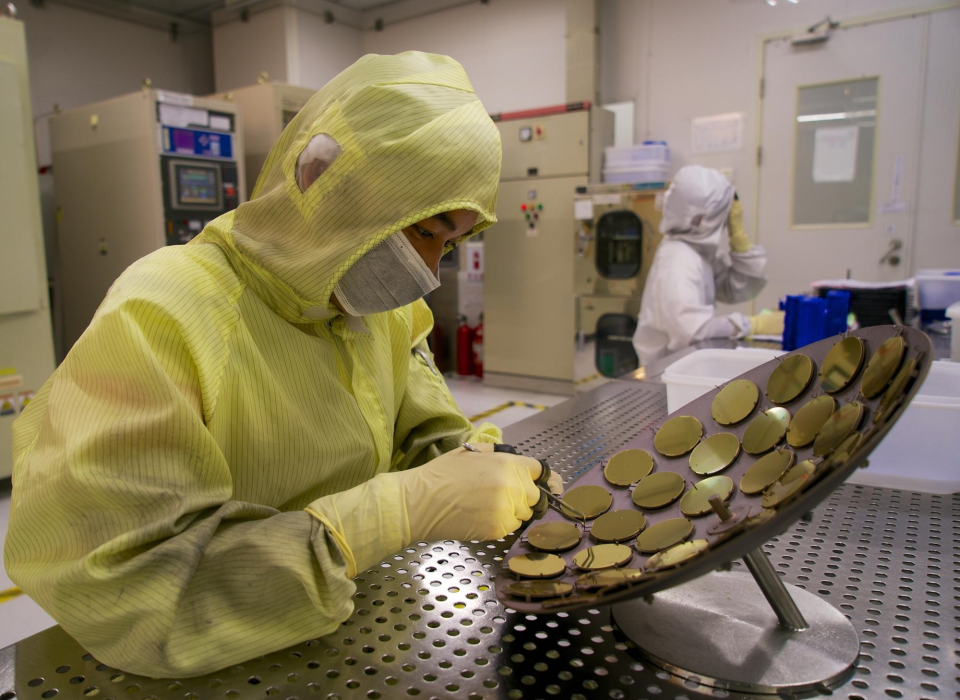
The outcome of this 2nm battle has long surpassed the “duel” between AMD and Intel. On TSMC’s N2 production line, giants like Apple and NVIDIA are also present, but AMD has taken the lead by deeply optimizing for high-performance computing (HPC) scenarios, tearing open a breakthrough. The semiconductor ecosystem advantage of Taiwan, China, is now highlighted—ranging from wafer foundry to packaging and testing, Dr. Su has been intensively visiting partners like TSMC and MediaTek within a week to solidify this “technological lifeline.”
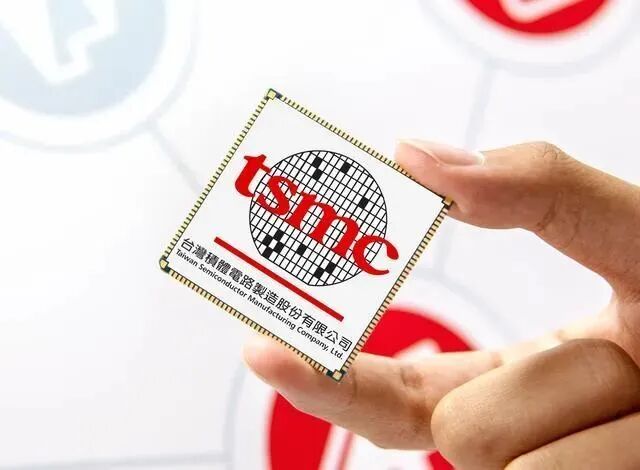
For ordinary users, the impact of this war will permeate layers: future data centers equipped with Zen6 could save 24% in cooling costs, and AI training speeds may increase several times; if Intel cannot break through quickly, the PC market may also witness a repeat of the “Ryzen counterattack” scenario.
Do you think Intel can make a comeback in 2026? Or will AMD completely rewrite the history of x86 processor dominance? Feel free to leave your predictions in the comments section.